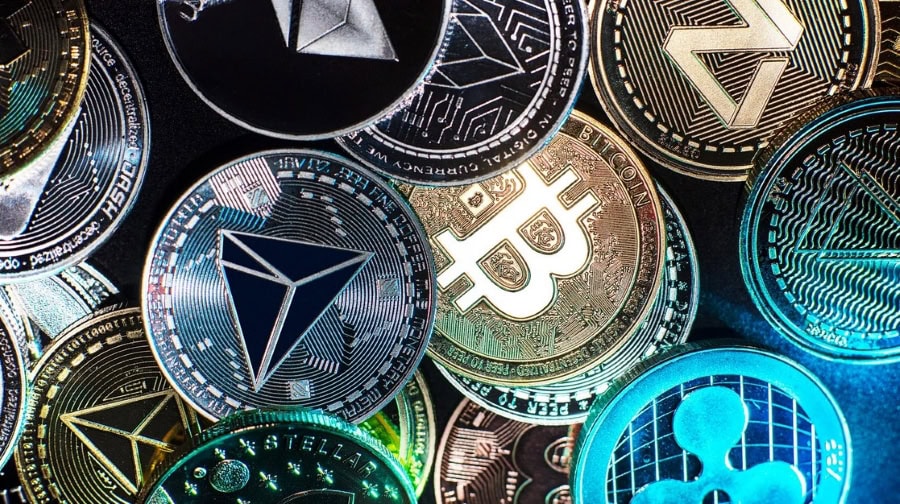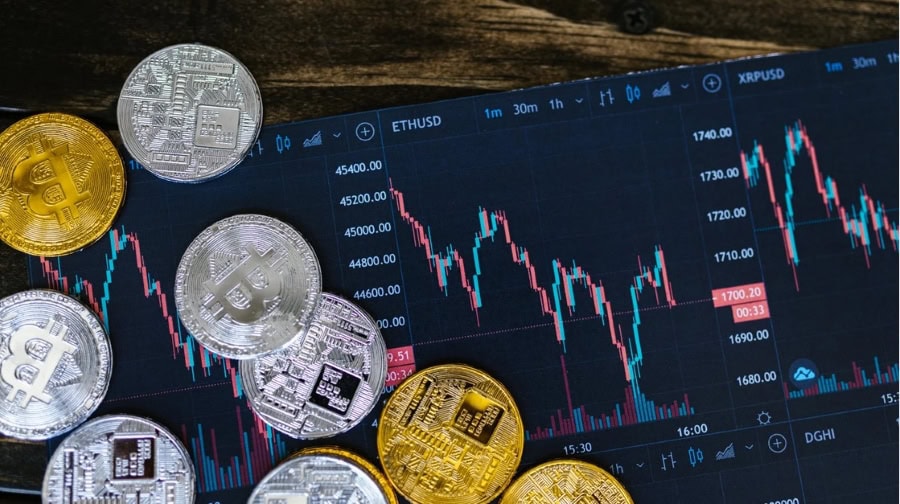What is Altcoin Season?

Picture a stock market where the main index takes a break, and suddenly smaller companies start outperforming everything. That’s essentially altcoin season in cryptocurrency markets – a period when Bitcoin steps back and alternative digital currencies take center stage.
What is altcoin season exactly? It’s when alternative cryptocurrencies collectively outperform Bitcoin over sustained periods, often delivering returns that make traditional asset classes look modest by comparison. These phases represent fundamental shifts in where crypto investors allocate their capital.
The phenomenon isn’t just market noise. Real money moves during these periods – billions of dollars flowing from Bitcoin into projects across different blockchain ecosystems. Understanding these cycles can make the difference between catching trends early and chasing prices higher.
On this page:
The Data Behind Altcoin Seasons
Altcoin season gets measured precisely. When 75% of the top altcoins outperform Bitcoin over 90 days, markets officially enter alt season territory. Currently, Bitcoin maintains around 63% market dominance, indicating we’re actually in what analysts call “Bitcoin season” rather than altcoin season.
Historical data shows dramatic dominance swings. In 2017, Bitcoin’s market share crashed from over 90% to 37% as Initial Coin Offerings exploded across the industry. The 2021 cycle saw similar patterns, with Bitcoin dominance falling from 70% to 38% during the DeFi and NFT boom periods.
These weren’t gradual shifts – they represented massive capital rotations. The altcoin season index hit 98 in April 2021, marking peak alternative cryptocurrency performance relative to Bitcoin. Such extreme readings typically signal market euphoria and often precede corrections.
Recognizing Market Shifts
Altcoin season develops through observable patterns. Bitcoin typically reaches new highs first, establishing bullish market sentiment. After periods of sideways price action, investor attention shifts toward alternative opportunities offering higher potential returns.
Trading volume data reveals these transitions clearly. Exchange reports show increased altcoin transaction volumes during season beginnings, with platforms like Binance and Coinbase recording significant upticks in non-Bitcoin trading activity.
Market psychology plays a measurable role. When Bitcoin prices reach levels that seem expensive to retail investors, capital flows toward smaller-cap alternatives. This behavior creates cascading effects across altcoin markets, driving broad-based rallies.
The season index provides confirmation, though it typically lags actual market movements. By the time official metrics confirm altcoin season status, early positioning opportunities have often passed.
Historical Patterns and Duration
Previous altcoin seasons varied significantly in length and character. The 2017 cycle extended through most of the year, with different sectors rotating through leadership positions. Platform tokens like Ethereum led initially, followed by privacy coins, utility tokens, and eventually speculative ICO projects.
The 2020-2021 period showed different dynamics. Decentralized Finance tokens rallied first during summer 2020, followed by broader altcoin appreciation through 2021. Non-fungible tokens drove additional waves of investment into blockchain projects.
Each cycle reflected dominant narratives of its time. 2017 focused on blockchain technology adoption. 2021 emphasized decentralized finance and digital collectibles. Current market conditions suggest different themes may emerge in future cycles.
Duration patterns don’t follow fixed timeframes. Some seasons lasted weeks, others stretched across multiple months. Market conditions, regulatory developments, and technological innovations all influence timing and intensity.
Strategic Positioning Considerations
Successful altcoin season navigation requires advance preparation. Diversification across different blockchain sectors helps capture various narrative waves. DeFi protocols, layer-1 blockchains like Avalanche with its subnet architecture, gaming tokens, and infrastructure projects often move at different times during cycles. Managing assets across these diverse ecosystems requires specialized tools, such as an Avalanche wallet for optimal interaction with AVAX-based protocols and subnets.
Portfolio allocation becomes critical when markets move quickly. Concentrated positions in individual projects can deliver outsized returns but increase risk substantially. Balanced exposure allows participation in uptrends while managing downside scenarios.
Technical infrastructure matters during volatile periods. Reliable wallet solutions like Atomic Crypto help manage multiple tokens across different blockchains efficiently. Network congestion during peak activity can create execution delays if systems aren’t properly prepared.
Research depth distinguishes sustainable gains from temporary pumps. Projects with strong development teams, clear utility cases, and growing adoption tend to outperform purely speculative plays over longer timeframes.
Common Risk Factors
Fear of missing out drives poor decision-making during altcoin season. Rapid price movements create pressure to chase performance, often resulting in purchases at cycle peaks rather than accumulation during quieter periods.
Transaction costs escalate quickly during network congestion. Ethereum gas fees have exceeded $300 for single swaps during peak demand periods. These expenses can eliminate profits on smaller trades and need factoring into all position calculations.
Overtrading becomes tempting when prices move dramatically. Frequent position changes generate additional fees and taxes while often underperforming simple buy-and-hold strategies. Market timing consistently proves more difficult than anticipated.
Leverage amplifies both gains and losses. While borrowed capital can increase returns during favorable periods, it also creates liquidation risks during inevitable pullbacks. Margin requirements change rapidly during volatile markets.

Current Market Assessment
Present conditions don’t indicate imminent altcoin season arrival. Bitcoin dominance remains elevated at approximately 63%, well above levels typically associated with alternative cryptocurrency outperformance. The altcoin season index sits below thresholds that would suggest broad alt market strength.
Several factors may explain current dynamics. Bitcoin ETF approvals have channeled institutional flows primarily toward Bitcoin rather than alternative cryptocurrencies. Regulatory uncertainty continues affecting many altcoin projects and their adoption prospects.
Market maturation may also influence traditional cycle patterns. Increased institutional participation, different risk management approaches, and evolving investor sophistication could alter how future altcoin seasons develop and progress.
Individual opportunities continue existing despite broader market conditions. Quality projects still achieve significant returns when fundamental developments warrant investor attention. Sector-specific rallies occur even during Bitcoin-dominated periods.
Future Cycle Expectations
Altcoin season will likely return eventually – market cycles tend to repeat with variations. Bull markets create risk appetite, which drives speculation into higher-potential alternative investments. The timing and catalyst remain uncertain variables.
Positioning before broad recognition provides optimal risk-reward ratios. Identifying quality projects during quiet periods, understanding emerging narratives, and maintaining patience for thesis development often outperform reactive strategies.
Technological developments continue creating new investment categories. Artificial intelligence integration, improved blockchain infrastructure, and regulatory clarity could drive the next cycle’s dominant themes.
Preparation beats prediction in dynamic markets. Building positions in researched projects, managing risk appropriately, and maintaining discipline during both quiet and volatile periods position investors for whatever market conditions develop next.

